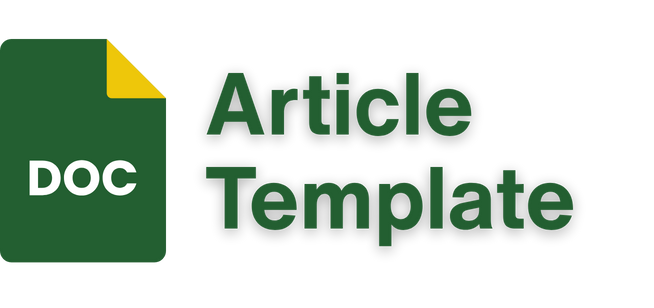ANALYSIS OF e-INVOICE IMPLEMENTATION IN INPUT TAX CONTROL
(Case Study at PT.TT Metals Indonesia)
DOI:
https://doi.org/10.32815/jibeka.v15i1.169Keywords:
e-invoice implementation, fictitious tax invoice, input tax credit controlArticle Metrics
Abstract
The purpose of analyzing the application of e-invoice in controlling tax credit input of PT. TT Metals Indonesia, the obstacles that occur and how to overcome the obstacles in the implementation of Electronic Tax Invoice in control in an effort to prevent the issuance of fictitious tax invoices. Researcher method uses qualitative research with descriptive analysis. The results of this study are that PT. TT Metals Indonesia Karawang in the percentage that before the occurrence of tax invoices in 2013 amounted to 0.92% while after the Tax Invoice in 2015 amounted to 0.05% shows that experiencing a decrease in losses due to input tax correction before and after the application of e-invoice. Constraints that arise during the application of the Electronic Tax Invoice are dependence on the system and internet network connection, the inadequate level of ability and negligence of the Taxable Entrepreneur and the Taxable Entrepreneur computer facility, while the alternative way to overcome the obstacles that arise during the application of the Electronic Tax Invoice is through an increase the quality of the information system network, and appeals to Taxable Entrepreneurs to update the computer.
Downloads
References
Anouar, D. (2017). The Determinants of Tax Avoidance within Corporate Groups: Evidence from Moroccan Groups. International Journal of Economics, Finance and Management Sciences, 5(1), 57. https://doi.org/10.11648/j.ijefm.20170501.15
Arikunto. (2014). Prosedur Penelitian. Rineka Cipta.
Ditjen Pajak. Undang - undang perpajakan (2007). Indonesia.
Ieva Astrauskaitė, A. P. (2016). Economic Sustainability as A Future Phenomenon : Moving towards A Sustainable Hotel Industry. Journal of Security and Sustainability, 5(4), 519–532. https://doi.org/http://dx.doi.org/10.9770/jssi.2016.5.4(7)
Laborda, J. L., & Pena, G. (2018). A New Method for Applying VAT to Financial Services. National Tax Journal, 71(1), 155–185. https://doi.org/10.17310/ntj.2018.1.05
Lintang, K., & Pusung, R. (2017). Analisis Penerapan E-faktur pajak dalam upaya meningkatkan kepatuhan pengusaha kena pajak untuk pelaporan SPT masa PPN pada KPP Pratama Manado. EMBA Jurnal, 5(2), 2023–2032.
Mardiasmo. (2016). Perpajakan. Yogyakarta: Andi.
Palupi, C., & Darwanto, D. (2017). Transaction Cost on The Implementation of E-Invoices in Micro and Small Enterprises. Signifikan: Jurnal Ilmu Ekonomi, 6(1), 139–158. https://doi.org/10.15408/sjie.v6i1.4866
Sakti, N. W. dan A. H. (2016). Tax Amnesty. Jakarta: Visimedia.
Sugiyono. (2016). Metode Penelitian Kuantitatif, Kualitatif dan R&D. Bandung: PT. Alfabet.
Susilo, N. A. H., & Dewantara, R. Y. (2016). Analisis Penerapan Faktur Pajak Elektronik sebagai Upaya Mencegah Penerbitan Faktur Pajak Fiktif. Jurnal Perpajakan, 9(1), 1–8.
Thakur, R., & Natale, A. (2013). Analisis Akuntansi Pajak Pertambahan Nilai (PPN) pada PT. Hasjrat Abadi Manado. Journal EMBA, 1(3), 99–109.
Downloads
Published
How to Cite
Issue
Section
License
Happy reading. Do not forget to cite. Thank you.








